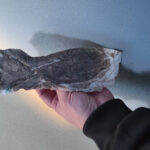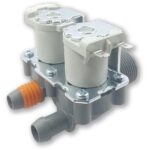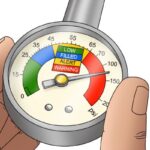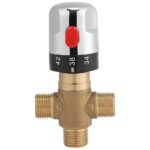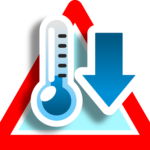The Cleaning of the Solar Water Heater Collectors
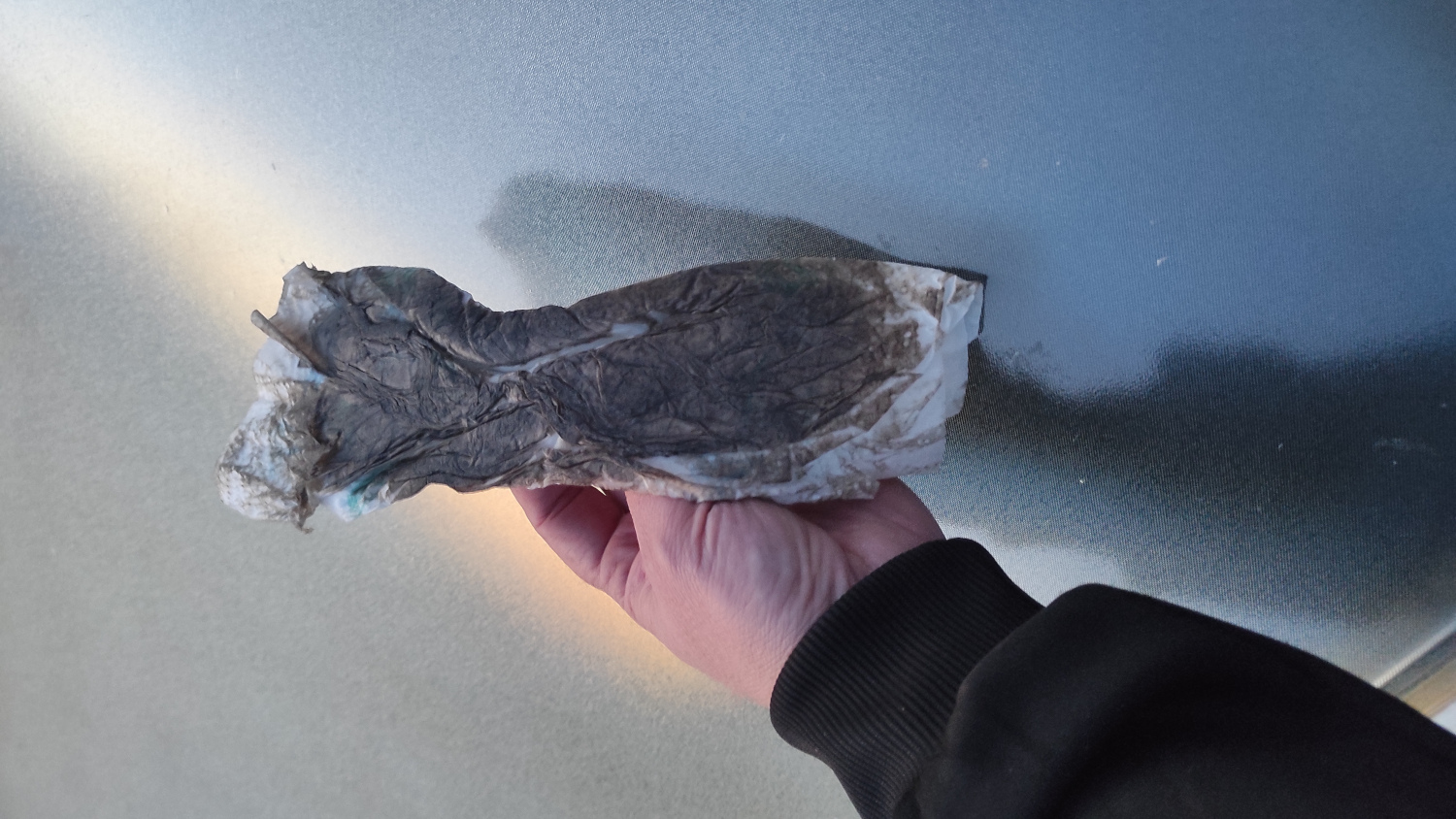 Solar Mud Cleaning
Solar Mud Cleaning
The collectors of the solar water heater are the main point of collecting solar radiation, which is converted into heat to warm the water. Over time, the collectors are exposed to various pollutants such as dust, leaves, atmospheric pollution, and salts, which significantly reduce their efficiency.
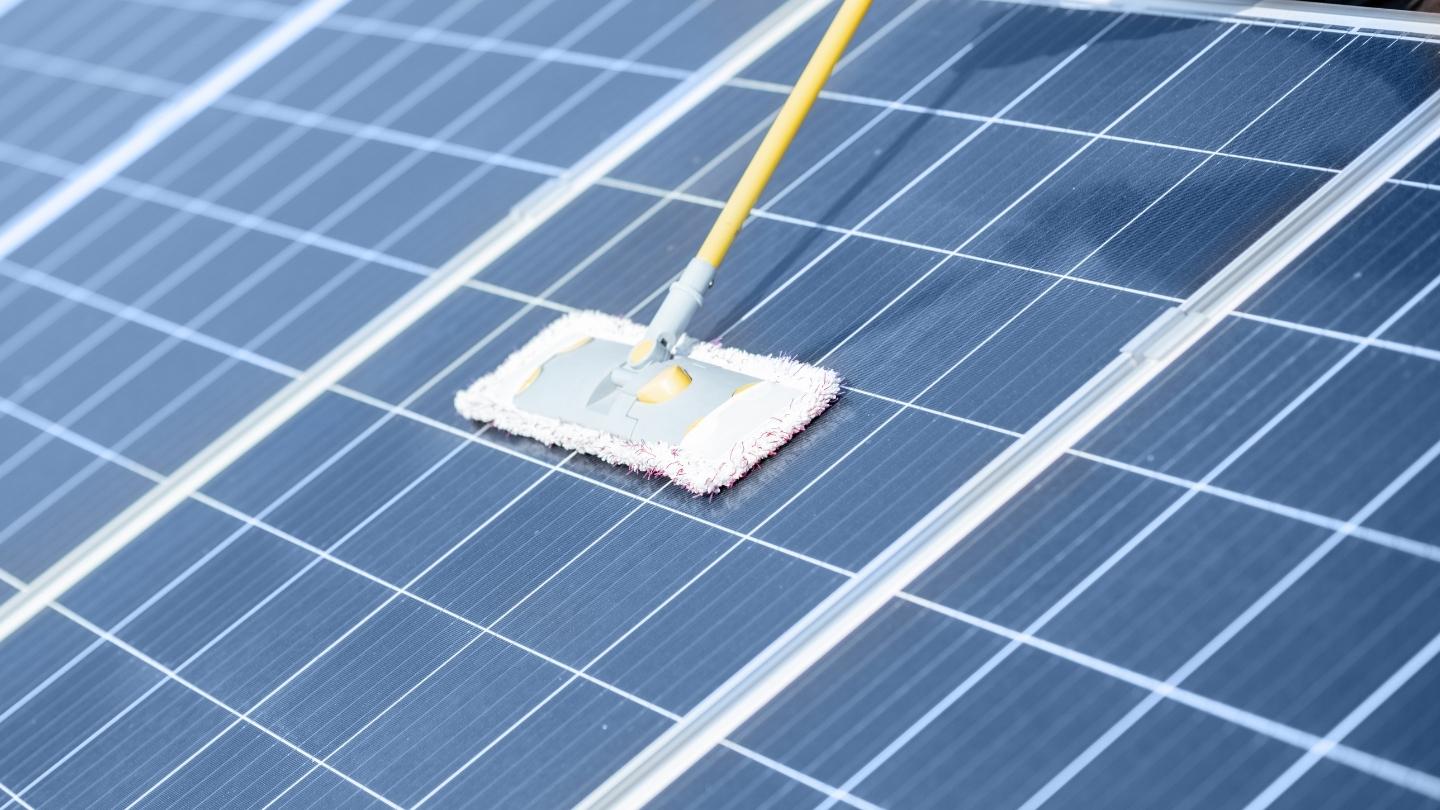
Why is collector cleaning necessary?
Especially during the winter period, when the available solar radiation is limited during the day.
- Performance reduction
The accumulation of pollutants and dust creates a film on the surface of the collectors, preventing solar radiation from fully reaching their interior. This means the amount of heat absorbed is reduced, leading to lower water temperature. - Financial loss
When the collectors operate with reduced efficiency, more frequent use of alternative energy sources such as electric resistance or a burner is required to heat the water. This increases the energy cost for the user. - Damage prevention
Pollutants and salts may cause micro-damages or corrosion on the surface of the collectors, especially if they are not cleaned for long periods. Preventing this wear ensures a longer system lifespan. - Environmental pollution
In areas with high levels of atmospheric pollution, collectors are more burdened. Cleaning restores the clarity of the surfaces and ensures better solar energy absorption. - Rain with dust from Africa
Rain with dust from Africa (Sahara Desert) is a phenomenon that significantly affects the collectors of solar water heaters and is becoming increasingly intense in Greece. When dust and fine particles from African deserts are carried by the wind, they can accumulate on the surface of solar collectors. This accumulation reduces solar light absorbance, leading to lower heater performance and hot water production.
How often should collectors be cleaned?
Cleaning frequency depends on the area where the solar system is located. In areas with:
- High dust and pollution, cleaning is recommended at least twice a year.
- Low pollution, annual cleaning may be sufficient.
Ideally, the process should take place at the end of spring or in autumn when the system is not operating at its full potential.
How are collectors cleaned?
- Use clean water with mild pressure and a soft cloth or sponge.
- Avoid chemical products, as they may damage the glass or metal parts.
- If there are heavy salt deposits, use special cleaners that do not corrode the surfaces.
- For hard-to-reach systems, assistance from professional technicians is recommended.
Conclusion
Cleaning the collectors is a simple yet important process for maintaining the high efficiency of a solar water heater. With regular care, maximum exploitation of solar energy, cost savings, and system longevity are ensured.
- Improvements in the Placement of the Data Logger - 29 January 2025
- Solar Water Heater Statistics – December 2024 - 10 January 2025
- Washing machines with dual water supply - 24 December 2024




